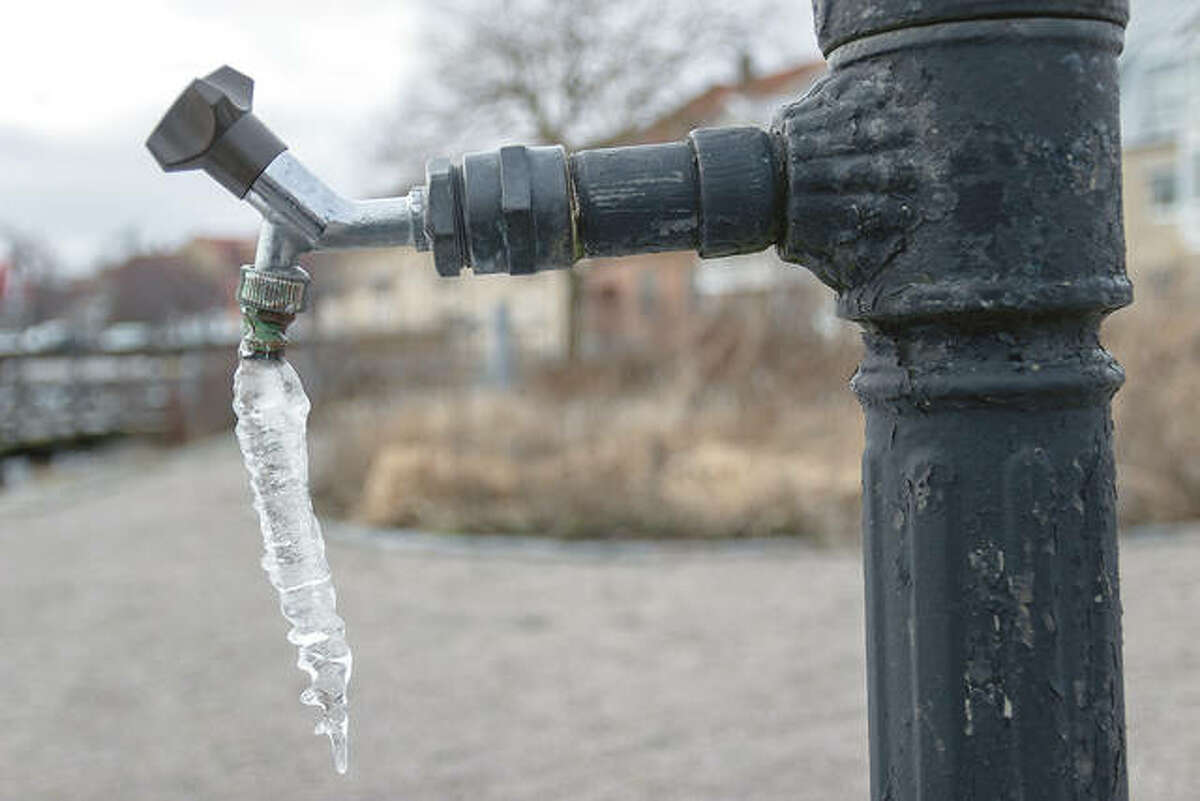How to Avoid Frozen Plumbing in Cold Weather: Pro Tips
How to Avoid Frozen Plumbing in Cold Weather: Pro Tips
Blog Article
They are making a number of good pointers on Winter Plumbing Precautions: Preventing Frozen Pipes overall in this article beneath.

Cold weather can damage your pipes, specifically by freezing pipelines. Here's how to avoid it from taking place and what to do if it does.
Introduction
As temperature levels decrease, the danger of icy pipelines increases, potentially resulting in costly repairs and water damage. Understanding how to avoid frozen pipes is essential for property owners in cold environments.
Avoidance Tips
Insulating vulnerable pipelines
Cover pipes in insulation sleeves or make use of warmth tape to safeguard them from freezing temperature levels. Concentrate on pipes in unheated or exterior areas of the home.
Home heating strategies
Keep indoor areas adequately heated, specifically areas with pipes. Open up closet doors to allow cozy air to distribute around pipes under sinks.
Exactly how to identify frozen pipelines
Search for decreased water flow from taps, unusual smells or sounds from pipelines, and visible frost on revealed pipes.
Long-Term Solutions
Architectural adjustments
Take into consideration rerouting pipelines far from outside wall surfaces or unheated areas. Add added insulation to attic rooms, basements, and crawl spaces.
Updating insulation
Invest in high-grade insulation for pipes, attic rooms, and walls. Appropriate insulation aids keep consistent temperature levels and minimizes the risk of icy pipelines.
Protecting Outdoor Plumbing
Garden hose pipes and outdoor faucets
Detach and drain pipes garden hose pipes prior to winter. Install frost-proof spigots or cover outdoor taps with shielded caps.
Understanding Icy Pipelines
What triggers pipes to ice up?
Pipes ice up when subjected to temperature levels below 32 ° F (0 ° C) for prolonged durations. As water inside the pipes freezes, it broadens, taxing the pipe wall surfaces and potentially triggering them to rupture.
Threats and problems
Icy pipes can cause supply of water disruptions, home damages, and pricey repair work. Burst pipes can flood homes and create considerable architectural damages.
Indicators of Frozen Pipes
Determining frozen pipes early can avoid them from breaking.
What to Do If Your Pipelines Freeze
Immediate activities to take
If you presume frozen pipes, maintain taps open to alleviate pressure as the ice thaws. Use a hairdryer or towels soaked in warm water to thaw pipes slowly.
Verdict
Protecting against icy pipes needs proactive procedures and quick actions. By understanding the causes, signs, and preventive measures, house owners can protect their pipes throughout cold weather.
6 Proven Ways to Prevent Frozen Pipes and Protect Your Home
Disconnect and Drain Garden Hoses
Before winter arrives, start by disconnecting your garden hoses and draining any remaining water. Close the shut-off valves that supply outdoor hose bibs and leave the outdoor faucet open to allow any residual water to drain. For extra protection, consider using faucet covers throughout the colder months. It’s also important to drain water from any sprinkler supply lines following the manufacturer’s directions.
Insulate Exposed Pipes
Insulating your pipes is an effective way to prevent freezing. Pipe insulation is readily available at home improvement stores and is relatively inexpensive. Pay close attention to pipes in unheated areas such as the attic, basement, crawl spaces, or garage. Apply foam insulation generously to create a buffer against the cold. You can also wrap your pipes in heat tape or thermostat-controlled heat cables for added warmth.
Seal Air Leaks
Inspect your home for any cracks or openings that could let in cold air. Seal any holes around the piping in interior or exterior walls, as well as the sill plates where your home rests on its foundation. Additionally, make sure to keep your garage door closed unless you’re entering or exiting. Leaving it open creates a significant air leak that can lead to frozen pipes.
Allow Warm Air Circulation
During cold snaps, it’s essential to allow warm air to circulate evenly throughout your home. Leave interior doors ajar to promote better airflow. Open kitchen and bathroom cabinets to help distribute heat consistently around the rooms. If you have small children or pets, be sure to remove any household chemicals or potentially harmful cleaners from open cabinets for safety.
Let Faucets Drip
A small trickle of water can make a big difference in preventing ice formation inside your pipes. When temperatures drop significantly, start a drip of water from all faucets served by exposed pipes. This continuous flow helps prevent the water from freezing. Additionally, running a few faucets slightly can relieve pressure inside the pipes, reducing the chances of a rupture if the water inside does freeze.
https://choateshvac.com/6-proven-ways-to-prevent-frozen-pipes-and-protect-your-home/

I'm certainly very interested in Helpful Tips to Prevent Frozen Pipes this Winter and I am assuming you enjoyed our post. Make sure you pause to promote this content if you enjoyed reading it. I thank you for reading our article about Prevent Frozen Pipes .
Schedule Service Report this page